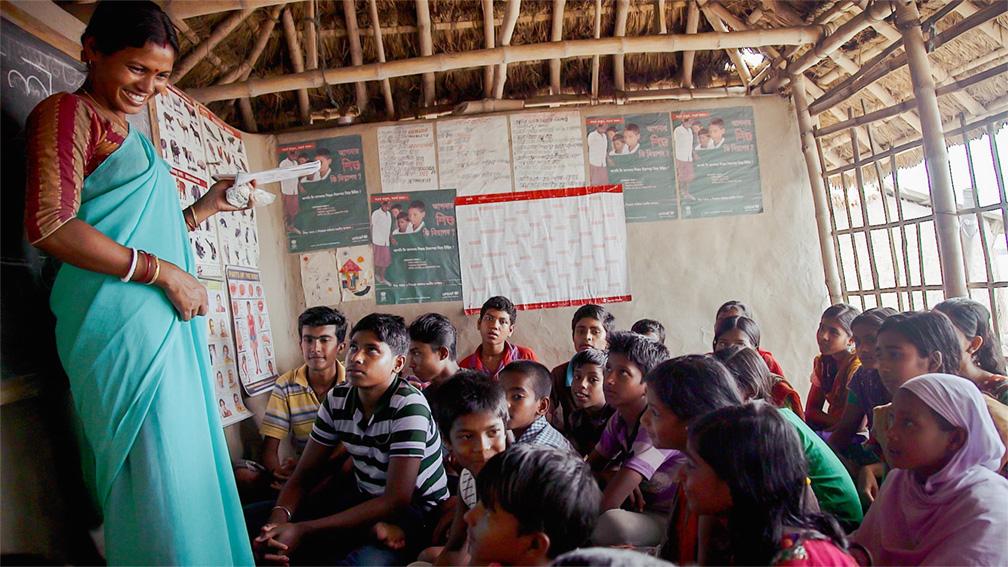After the floods come the human traffickers, but these girls are fighting back
Dholkhali childrens group teacher, Mithu Mondal, says she can empower her students through education, but not financially since there’s no vocational training at the school.
The Sundarbans — a collection of densely populated islands in India’s sprawling Ganges delta — are so remote that the only way to get there is by boat. But human traffickers still manage to get in, and that's left many families with missing daughters.
The combined effects of climate change and extreme poverty make it easier to lure women and children into forced prostitution, marriage and labor. Trafficking in this part of northeastern India’s West Bengal has gotten so bad, the United Nations Office on Drugs and Crime reports a 25-fold increase in missing women and children since 2001. It’s the worst rate in the country.
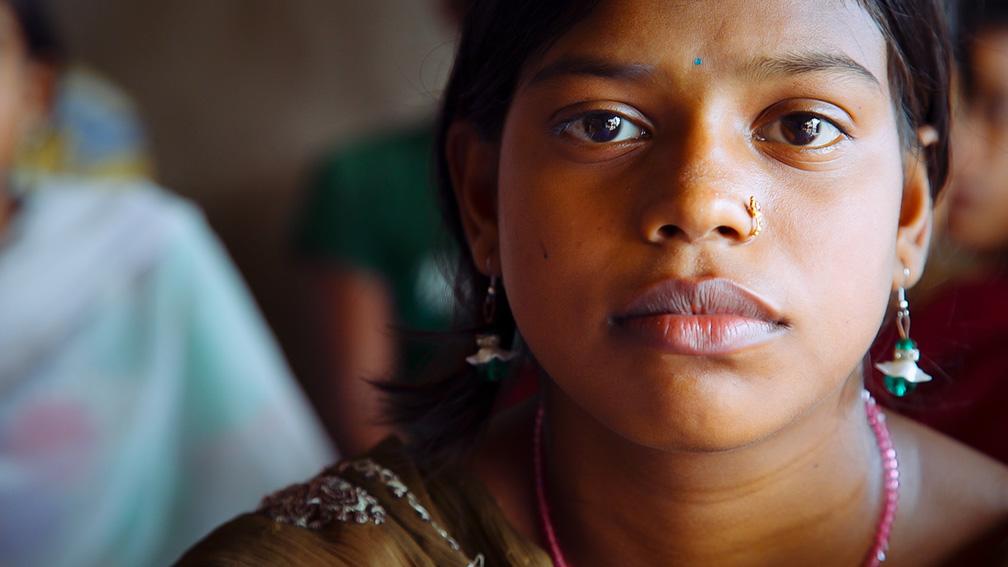
I visited a small village called Dholkhali a few miles from India’s watery eastern border with Bangladesh. Life here has always been a struggle.
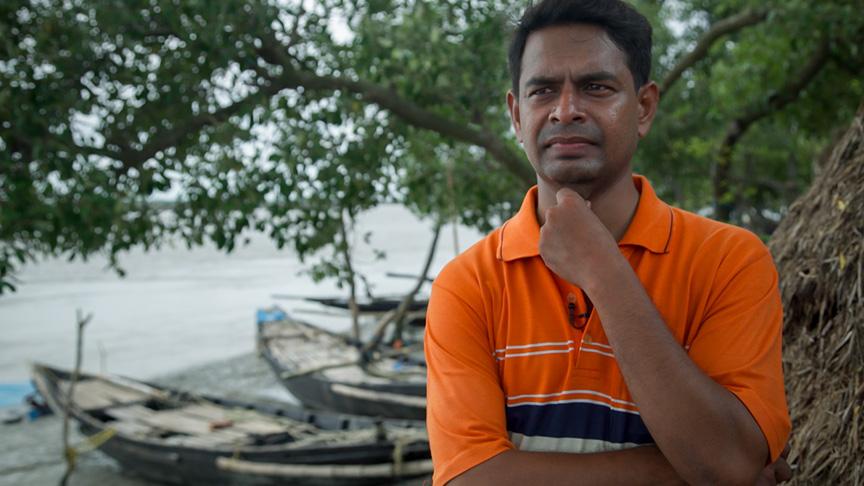
“They are at the mercy of God, mercy of environment, or you can say climate,” says Save the Children India’s Sunil Banra.
He says human trafficking has always been a problem here. But it wasn’t until Cyclone Aila slammed the Sundarbans in May of 2009, displacing more than a million people, that the rate of human trafficking really began to rise.
As we walk along an earthen dike, past homes made of mud and sticks straddling the river, Banra points out how vulnerable island inhabitants are to even the slightest rise in sea level.
“You see the water level and you see their house, they are almost equivalent. And during rainy season their entire house is flooded with water,” he says.
oembed://https%3A//www.youtube.com/watch%3Fv%3Dus3PQ30iRRo
That flooding is not only eroding people’s land and livelihoods. It’s eroding the social fabric of these communities. Banra says families need money to repair damaged homes and to buy food after the floods — which now happen every year, sometimes caused just by high tides. The dire circumstances give families no choice but to send their children away, as young as 10 or 11 years old, to work in factories or in cities.
“It’s now a culturally- and socially-accepted practice in the village,” Banra says.
The fact that child labor is so common here has made it easier for human trafficking rings to set up shop in the Sundarbans.
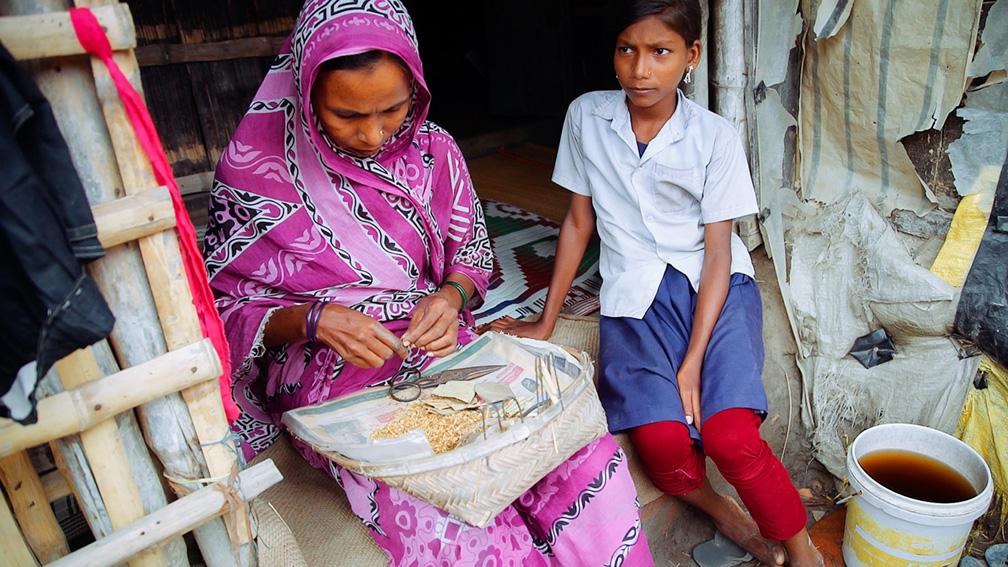
We visit a small classroom where about 30 kids, mostly girls, recite the day’s lesson. Every one of them was a dropout until this children’s group was formed as a way to catch them up on their studies and eventually re-enroll them in formal schooling.
But 15-year-old Rojina Khatun says that’s only one part of the program. They’ve also learned to keep an eye out for human traffickers. If an unknown person enters the village, they confront him to find out why he’s there. And if he seems out of place, she says, they report him to their teacher, who contacts authorities.
Collectively the children serve as a kind of vigilante group for their peers, checking in with kids’ families when they don’t show up for school and looking out for children talking to strangers, or leaving their homes wearing new clothes, something they wouldn’t do unless they were leaving town, possibly with a trafficker.
In the 80+ villages where the program now operates, trafficking rates have dropped nearly to zero. But challenges remain for the students.
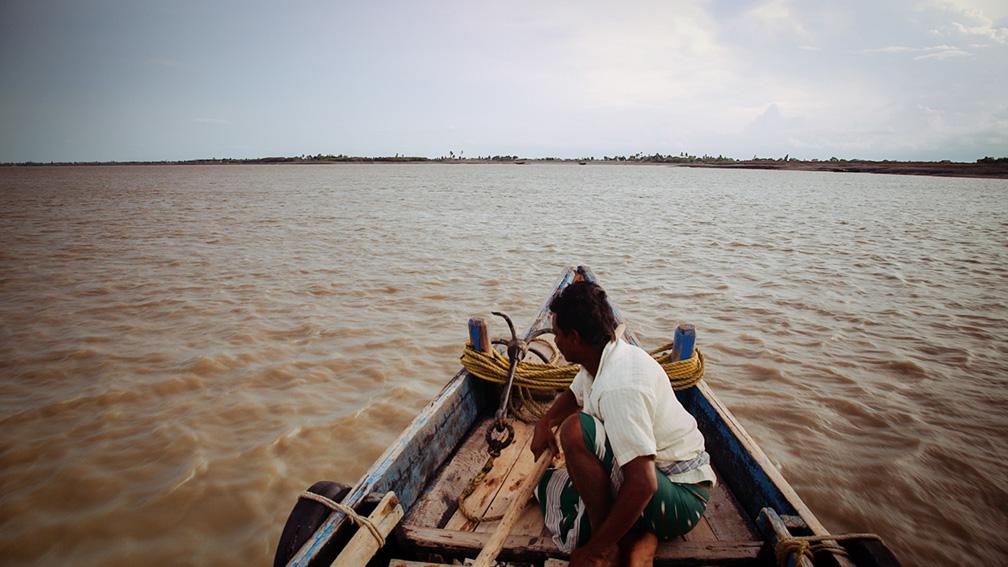
Khatun says her dream now is to go to college and to get a good job. A dream that wasn’t possible before, because her parents had pulled her out of school to fish and earn extra income. And they still don’t support her going to school.
Her teacher, Mithu Mondal, says says she can empower the girls through education, but not financially, because there’s no vocational training at the school.
Not to say that she isn’t trying. Mondal has been teaching the children how to make Beedis, the local cigarettes, in order to sell them for extra money as an added incentive. Mondal says she tries to convince parents that if they give her at least three hours a day to teach their children, they can then make Beedis for the rest of the day to sell and earn money for the family.
It shows just how complicated the solution is for a problem that’s equally complex. Sunil Banra says the children’s groups are just the beginning. Save the Children India is also working to create community banks into which families pay a small amount every month in order to provide loans after the floods. And they’ve set up Child Protection Committees with adults from the village serving liaisons with the police and government officials on the mainland.
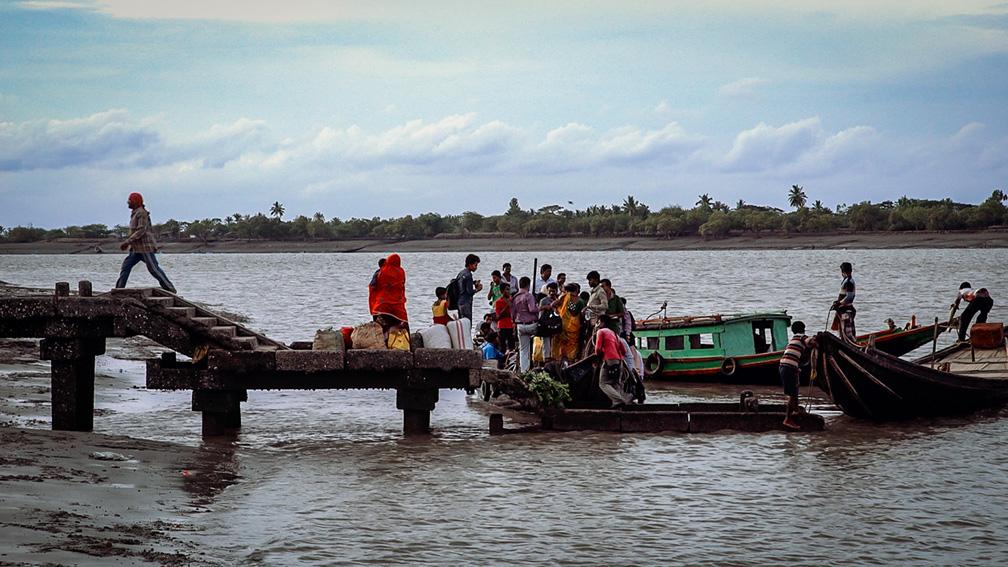
Banra says if “the survival things are not addressed, unless the education for children is not well addressed, unless the basic necessities of daily life are not addressed, they give up before these traffickers and do whatever they ask them to do.”
The Indian government recently announced it would scale up Save the Children’s pilot program beyond the initial 80 villages. But the scope of the problem they’re trying to address has become a moving target. Scientists predict much of the Sundarbans will be underwater in as little as two decades.
And as one village elder I spoke with put it, it’s no longer a matter of improving their situation. They’re just fighting to keep it from getting any worse.
